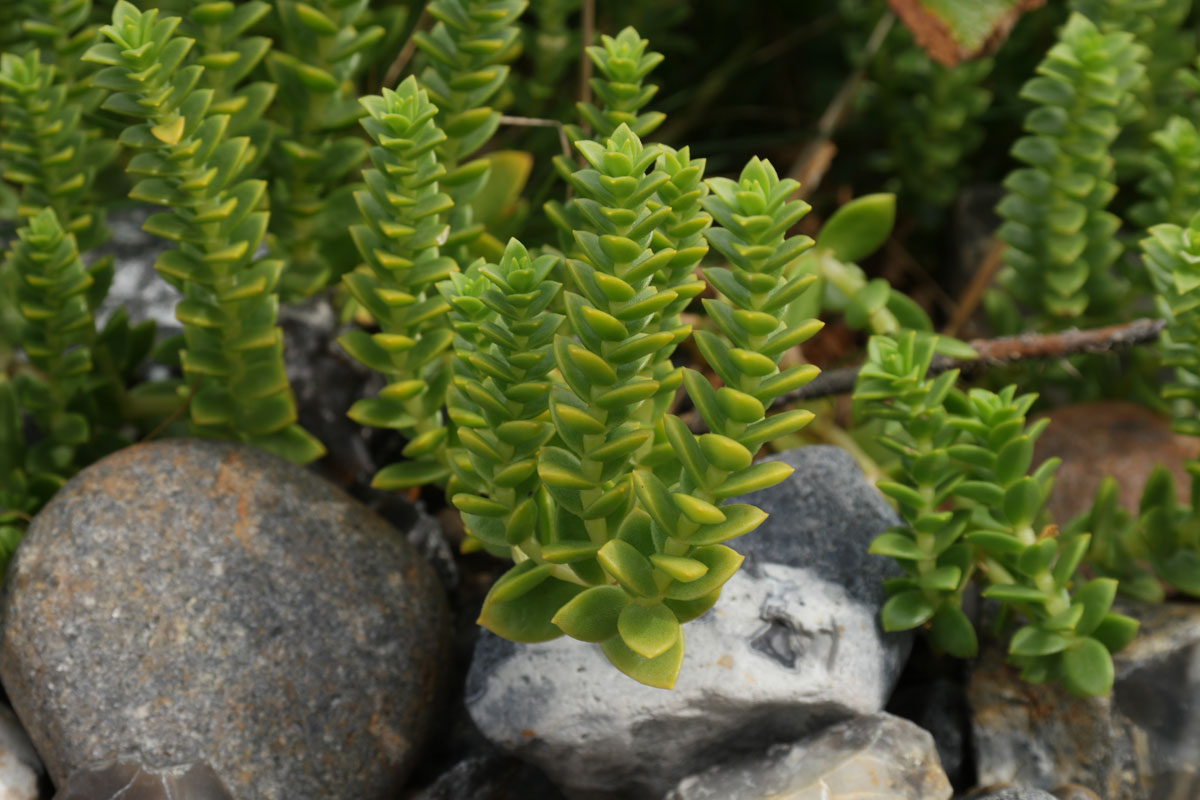
Seabeach Sandwort might sound like a tongue twister, but this coastal plant has some intriguing secrets. Found along sandy shores, it thrives where many plants can't. Why is Seabeach Sandwort important? It helps prevent erosion, stabilizing dunes with its roots. This hardy plant also provides habitat for various coastal creatures. Its small, white flowers might seem unassuming, yet they play a crucial role in coastal ecosystems. Seabeach Sandwort can withstand salty conditions, making it a true survivor. Curious about what else makes this plant special? Stick around as we uncover 15 fascinating facts about this resilient coastal dweller.
Key Takeaways:
- Seabeach Sandwort is a resilient coastal plant with succulent leaves, providing habitat for animals and stabilizing sand dunes. It also has uses in traditional medicine and as an edible garnish.
- Conservation efforts are crucial to protect Seabeach Sandwort from threats like coastal development and climate change. Public awareness and education can support its survival in coastal habitats.
What is Seabeach Sandwort?
Seabeach Sandwort, also known as Honckenya peploides, is a fascinating plant found along coastal areas. This resilient species thrives in harsh environments, making it an interesting subject for nature enthusiasts.
-
Seabeach Sandwort is a perennial plant, meaning it lives for more than two years. This longevity allows it to establish itself firmly in its habitat.
-
It belongs to the Caryophyllaceae family, which includes other well-known plants like carnations and chickweeds.
-
The plant is commonly found in coastal regions of the Northern Hemisphere, including North America, Europe, and Asia.
Adaptations of Seabeach Sandwort
Seabeach Sandwort has several unique adaptations that help it survive in its challenging environment. These adaptations make it a remarkable example of nature's ingenuity.
-
Its leaves are succulent, meaning they store water to help the plant survive in sandy, salty conditions.
-
The plant has a prostrate growth habit, spreading low to the ground, which helps it resist strong coastal winds.
-
Seabeach Sandwort can tolerate high salinity, allowing it to thrive in areas where other plants might struggle.
Ecological Importance
Seabeach Sandwort plays a crucial role in its ecosystem. It provides benefits to both the environment and other species.
-
The plant helps stabilize sand dunes, preventing erosion and protecting coastal areas.
-
It provides habitat and food for various insects and small animals, contributing to local biodiversity.
-
Seabeach Sandwort can act as a pioneer species, colonizing disturbed areas and paving the way for other plants to grow.
Uses and Benefits
Beyond its ecological importance, Seabeach Sandwort has several uses and benefits for humans.
-
In some cultures, the plant is used in traditional medicine to treat various ailments.
-
The leaves are edible and can be used in salads or as a garnish, adding a unique flavor to dishes.
-
Seabeach Sandwort is sometimes used in landscaping for coastal gardens due to its hardiness and attractive appearance.
Conservation Status
Understanding the conservation status of Seabeach Sandwort is essential for ensuring its survival.
-
The plant is not currently listed as endangered, but its habitat is threatened by coastal development and climate change.
-
Conservation efforts focus on protecting coastal habitats and promoting sustainable land use practices.
-
Public awareness and education about the importance of coastal plants like Seabeach Sandwort can help support conservation initiatives.
Final Thoughts on Seabeach Sandwort
Seabeach sandwort, also known as Honckenya peploides, is a fascinating plant with unique adaptations. Found along coastlines, it thrives in harsh, salty environments where few other plants can survive. Its succulent leaves help retain water, and its deep root system anchors it firmly in shifting sands. This hardy plant plays a crucial role in stabilizing dunes and providing habitat for various wildlife. Despite its resilience, seabeach sandwort faces threats from human activities and climate change. Protecting coastal ecosystems ensures the survival of this remarkable species. Next time you stroll along a beach, take a moment to appreciate the tenacity of seabeach sandwort and its contribution to the coastal landscape. Understanding and valuing such plants can inspire efforts to conserve our natural world. So, keep an eye out for this small but mighty plant on your next seaside adventure.
Frequently Asked Questions
Was this page helpful?
Our commitment to delivering trustworthy and engaging content is at the heart of what we do. Each fact on our site is contributed by real users like you, bringing a wealth of diverse insights and information. To ensure the highest standards of accuracy and reliability, our dedicated editors meticulously review each submission. This process guarantees that the facts we share are not only fascinating but also credible. Trust in our commitment to quality and authenticity as you explore and learn with us.


